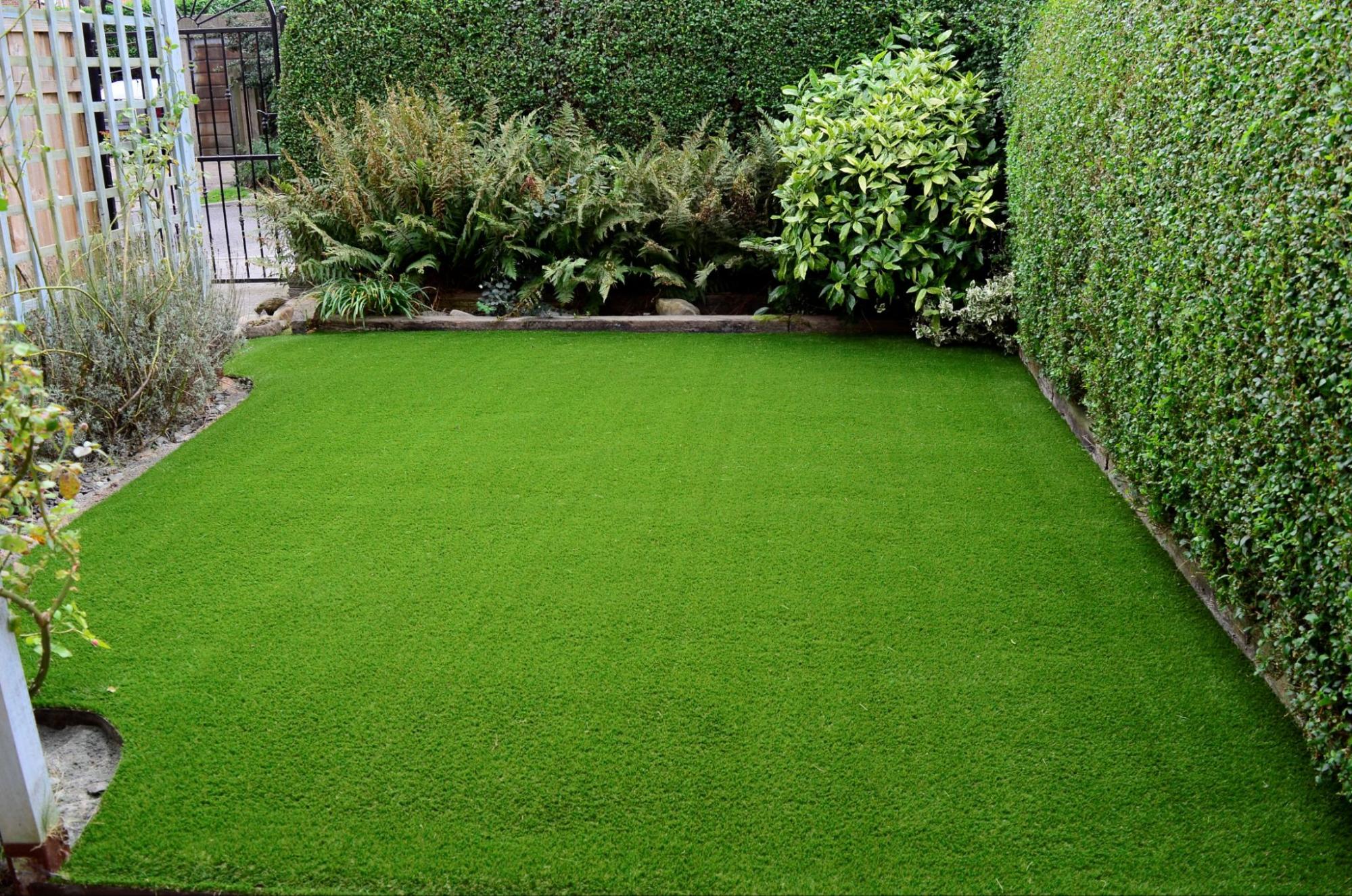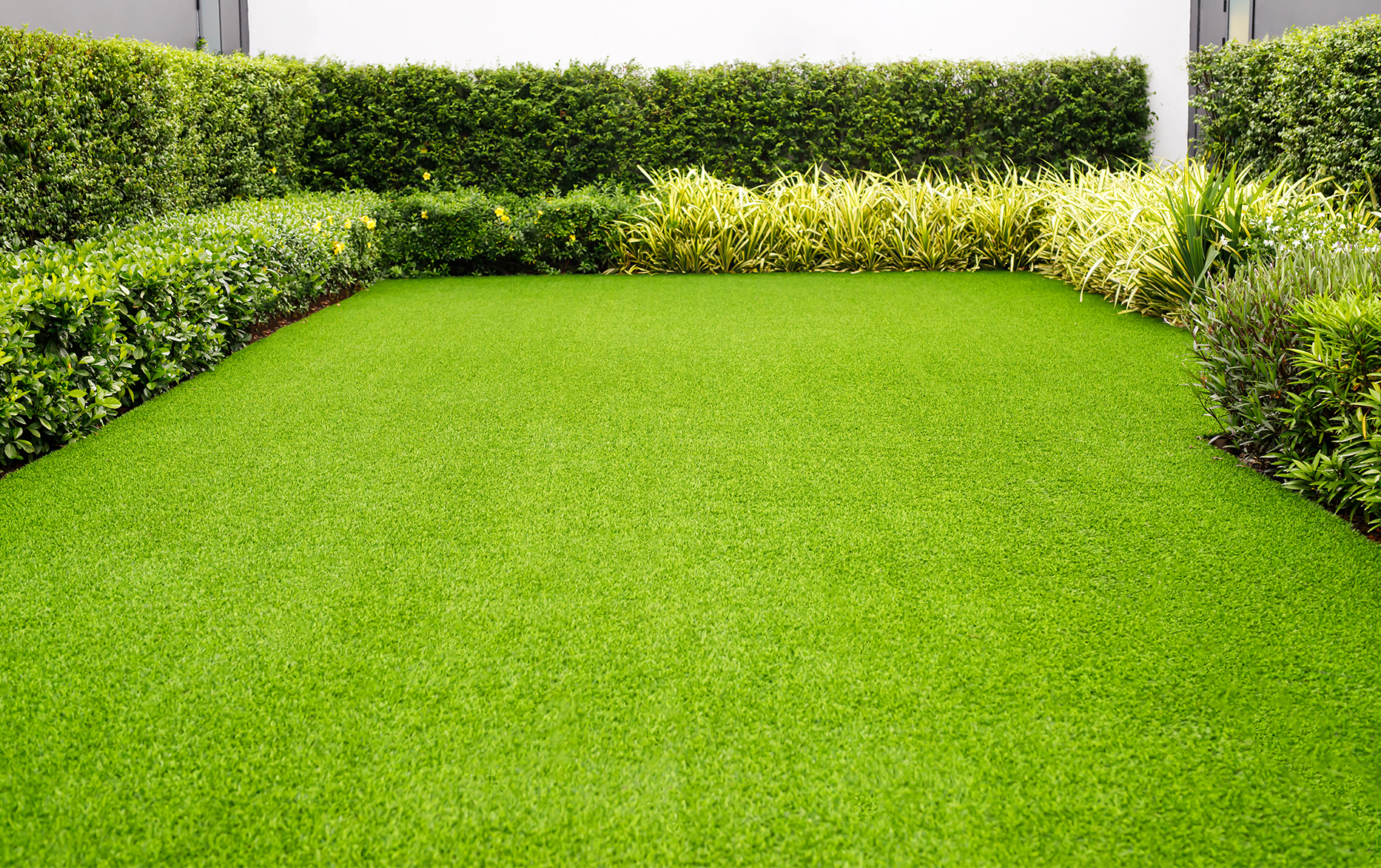See Why Homeowners Prefer Artificial Lawn for Sustainable Landscaping Practices
As house owners increasingly focus on sustainability in landscaping, synthetic grass has become an engaging option to standard turf. Its ability to preserve water, reduce maintenance efforts, and reduce ecological effect placements it as a useful selection for those looking for environmentally friendly solutions. Furthermore, the visual allure and versatility of synthetic grass provide to varied style choices. The implications of this shift expand past simple ease and aesthetics, motivating a better assessment of how these selections affect more comprehensive ecological end results. What stays to be explored is the full scope of benefits that synthetic grass can use to property owners and the environment alike.
Water Conservation Perks
One of the most substantial benefits of fabricated turf is its function in water preservation. In contrast, artificial lawn eliminates this demand completely, as it does not require watering.
Furthermore, the installment of synthetic lawn can contribute to a more lasting landscape. Homeowners can significantly lower their water costs, permitting reallocation of sources to various other environmental campaigns or household usages. Furthermore, man-made lawn is designed to endure different climatic problems without the requirement for supplementary watering, making it an optimal selection for areas dealing with water deficiency.
The ecological benefits expand beyond prompt water cost savings. By lowering water usage, synthetic grass assists to mitigate the impacts of climate adjustment, maintaining crucial environments that are intimidated by extreme water extraction. As lasting landscape design techniques gain traction, man-made turf arises as an accountable choice for property owners looking for to produce eco-friendly outside spaces.
Reduced Upkeep Initiatives
Man-made turf considerably minimizes upkeep efforts compared to standard yard yards. With man-made grass, home owners can eliminate the lengthy tasks connected with natural landscape design, such as mowing, fertilizing, and weeding. This not only conserves important time but likewise decreases physical labor, making grass care available for individuals of every ages.
Conventional lawns call for constant cutting to preserve a visually pleasing height, whereas man-made lawn remains regularly rich without the demand for reducing. In addition, property owners no much longer need to use fertilizers or pesticides, which are frequently needed to keep all-natural grass healthy.
Moreover, synthetic grass is resilient and durable, calling for marginal upkeep beyond periodic brushing and rinsing to eliminate particles. This simplicity of maintenance permits house owners to enjoy their exterior rooms without the consistent concern of maintenance, providing even more time for leisure and family activities. Inevitably, the decreased upkeep efforts related to artificial turf make it an appealing alternative for those seeking a low-maintenance, visually appealing landscape.

Ecological Effect Decrease
There is a growing recognition of the environmental advantages related to synthetic grass, specifically in terms of water preservation and decreased chemical usage. Typical grass call for considerable quantities of water, specifically in drought-prone regions, bring about enhanced pressure on local water sources. On the other hand, synthetic grass eliminates the demand for irrigation, drastically decreasing water usage and promoting sustainability.
Furthermore, traditional grass maintenance often involves the application of plant foods, herbicides, and pesticides, which can add to dirt and water contamination. Synthetic turf reduces this environmental risk by needing very little maintenance and virtually removing the need for dangerous chemicals. This not just boosts dirt wellness but likewise secures local environments from harmful runoff.
In addition, the production of natural turf lawns usually entails using nonrenewable fuel sources for cutting and landscaping devices, additional adding to greenhouse gas emissions. By picking synthetic grass, homeowners can considerably reduce their carbon impact related to lawn read the full info here care tasks.
Visual Charm and Flexibility
Along with its environmental advantages, synthetic grass provides significant visual charm and adaptability for landscaping. Home owners can accomplish a lush, eco-friendly appearance year-round, removing the seasonal variations frequently connected with all-natural yard. This regular visual not just enhances the visual charm of a building yet also adds to a sleek and well-maintained appearance.
In addition, synthetic grass is available in a range of structures, shades, and styles, permitting personalization to suit specific preferences and layout styles - Arizona turf. Whether made use of in domestic yards, business areas, or recreational areas, it can perfectly incorporate right into diverse landscaping styles, from modern-day minimal to lush exotic settings
The flexibility of synthetic grass extends past plain look; it can be installed in different locations, consisting of roofs, patio areas, and also interior areas, producing possibilities for distinct landscaping options. Furthermore, it is suitable for a series of tasks, from kids's play locations to pet-friendly settings, providing functionality without endangering style.
Eventually, the aesthetic charm and versatility of fabricated grass make it an eye-catching choice for property owners seeking sustainable landscape design remedies that do not sacrifice beauty for ecological obligation.

Long-Term Cost Financial Savings
Among one of the most engaging official source benefits of artificial grass is its capacity for lasting expense financial savings. Unlike natural turf, which calls for routine maintenance-- including mowing, watering, fertilizing, and pest control-- fabricated turf significantly lowers these recurring expenditures. Homeowners can conserve a significant amount on water expenses, particularly in regions where water shortage is a pressing issue. The elimination of yard care solutions additionally adds to financial cost savings, as there is no need for specific devices or labor.
In addition, man-made grass has a life expectancy of 15 to 25 years, relying on its quality and usage. This longevity lessens replacement expenses, making it an extra cost-effective option in the future. The initial financial investment in artificial turf can commonly be redeemed via the cost savings built up over time.
While the ahead of time cost may appear greater compared to sod installment, the advancing cost savings from reduced upkeep and water use typically exceed these preliminary expenses. Inevitably, the fostering of synthetic grass not just promotes a lasting landscaping option however also offers homeowners a financially savvy choice that aligns with long-term budgeting goals.
Final Thought
Artificial turf becomes an engaging option for lasting landscape design, supplying substantial benefits in water preservation, decreased upkeep efforts, and diminished ecological effect. Its aesthetic charm and convenience improve the visual landscape while straightening with modern-day sustainability goals. Lasting expense savings contribute to its appearance for homeowners. As communities increasingly prioritize eco-friendly practices, the adoption of synthetic grass represents a modern action toward attaining resilient and lasting landscapes.
Additionally, man-made grass is developed to hold up against different weather problems without the need for supplemental watering, making it an ideal selection for areas facing more info here water deficiency. (Phoenix turf companies)

Man-made grass emerges as a compelling alternative for sustainable landscape design, offering substantial advantages in water preservation, reduced upkeep initiatives, and lessened ecological impact.